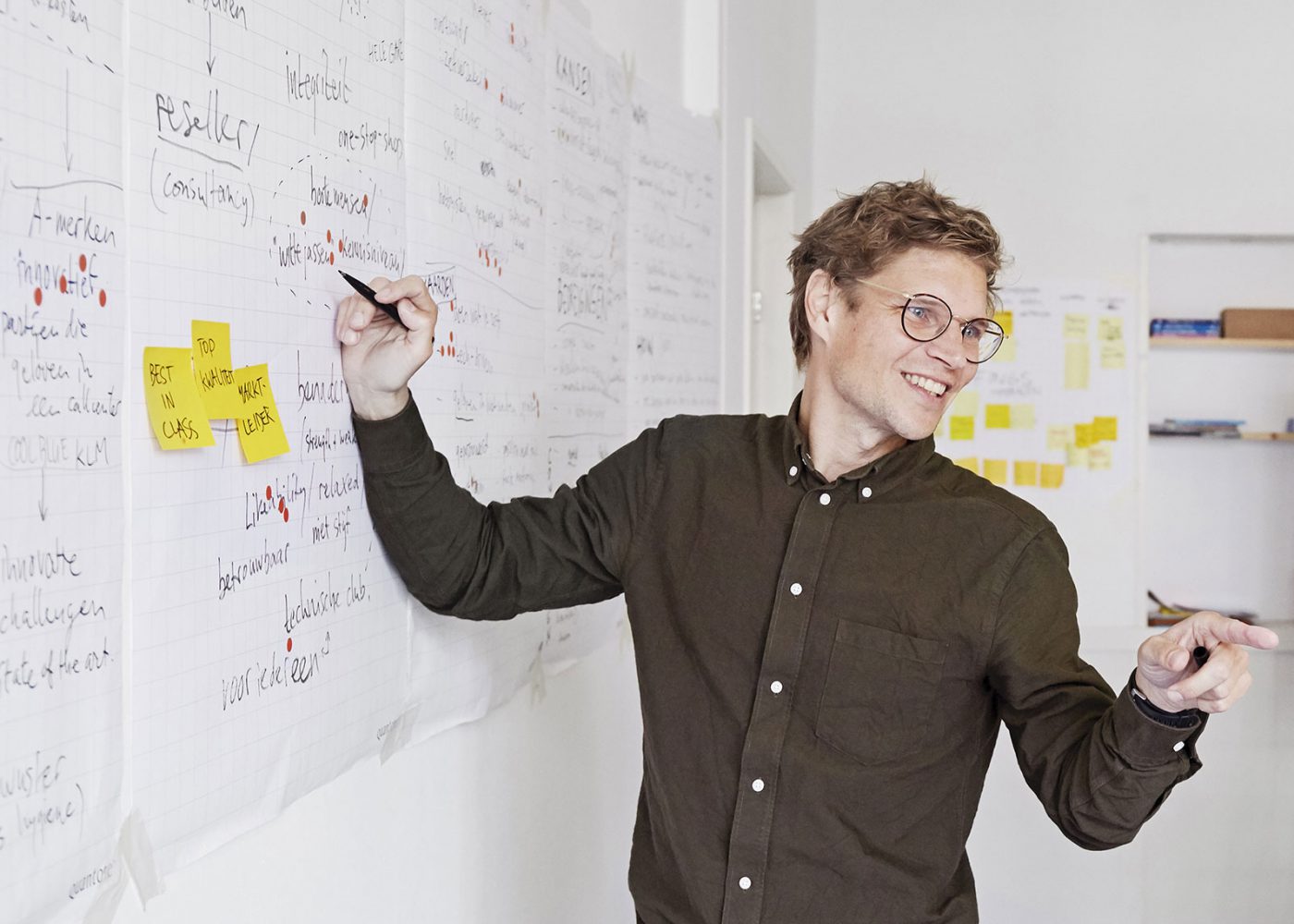In today’s blog we will look at the role of creativity in innovation. Innovation is the big brother that gets all the attention. But creativity is the air that innovation breathes.
With a dash of Number 8 wire flair, two men in a small Waikato town have produced a device they believe is a world-first in the fight against meth. (Stuff.co.nz)
The “P Alert” is an alarm which, once installed, will alert its owner by phone if it detects traces of P within its proximity.
It was invented by Te Awamutu man Jamie Hansen and has been on the market for about two years.
Hansen and his business partner, accountant Allan Spice, made an early decision to manufacture the device locally. After checking with US patent lawyers, it appeared to be globally unique.
Hansen said they received inquiries on their website from all over the world.
Innovation vs Creativity
The above excerpt from Stuff’s article is yet another instance of Kiwis winning the innovation war. Well done – kudos to Jamie and Allan!
In a future post I would like to write more about innovation. But today, I want to talk about the precursor to innovation – creativity.
Lets start with a definition:
CREATIVITY is the ability to bring something into existence
But how does it happen?
Author of Defining Creativity: The Art and Science of Great Ideas, Wouter Boon offers a more interesting definition… creativity is simply making an unfamiliar combination of familiar ideas. In my experience, kids do this all the time. But somehow we lose the magic.
I really like that definition. For decades everyone everywhere was familiar with both ice cream and yoghurt. But it took ingenious entrepreneur H.P. Hood to make frozen yogurt in the 1970s. Known as “frogurt,” it was served as a soft-serve dessert, and it had a very similar taste to ice cream. An unfamiliar combination of familiar ideas!

Jamie Hansen and Allan Spice appear to have taken familiar ideas and combined them in an unfamiliar combination. We are familiar with alarm systems that phone us when there is a break-in or unexpected security event. We are familiar with mechanisms for detecting odours or chemicals in the air. Bringing these two ideas together is brilliant.
Seeing what nobody else sees
Wouter Boon works as a brand strategist in the creative industry. Besides being a consultant he is also editor-in-chief of international ad magazine Amsterdam Ad Blog. He goes on to say that the key to creativity is:
Seeing what everyone has seen but thinking something no one has ever thought.
Some people are naturally gifted at this. But it is a discipline we can learn. Some people find it easier to do on their own, others prefer company. We’ll look at ways to make creativity more likely a bit further down. But for now, lets look into the idea of thinking something no one has ever thought.
“The most creative insights combine ideas from very different conceptual domains… The further apart the domains you combine the more creative the combination”
Many innovations have come from cross-pollination in business, where ideas from two vastly different industries come together. For example, creative connections are made when someone from the hospitality industry notices technology at the airport.

This take-what-you-want sushi bar uses the baggage carousel system from airports. The Not Invented Here blog sites this and many other examples of cross-sector innovation.

Using the concept of an airplane’s retractable landing gear, Owen Maclaren (a retired aeronautical engineer and test pilot who worked on the Spitfire) developed the first foldable lightweight baby buggy. This solution came to his mind when he tried to save his daughter the struggle with her cumbersome pram when getting in and out of airplanes.
Peter Drucker, the father of modern management, recommended business owners take a day out to visit completely different sector on a regular basis.
Innovation in any one knowledge area tends to originate outside the area itself — Peter Drucker
He says that one easy and engaging way to gather insights from beyond your day to day is to take a field trip.
“You only need to gather a few members of your team for an hour or two.
Leave your office and go to a place where you can interact with another organization that’s outside of your industry, but that also serves your customers.
If you sell packaged goods to moms, check out a gym they like. If you create entertainment for millennials, visit a cafe where they hang out.”
The key is then to ask the right questions. The Drucker Institute recommends asking:
- What does this organization offer to our customers that we don’t?
- What might our customers wish this organization offered them that it currently does not?
- What are three experiments we could run, inspired by this field trip, to test how we might create new value for our customers?
The critical thing from Boon’s point of view is that any innovation goes beyond novelty, to adding real value.
So, what’s stopping us?
Richard Farson, in Management of the Absurd: Paradoxes in Leadership, says that typically, companies don’t innovate for a few recurring reasons:
We play intellectual games
We judge and evaluate
We deal in absolutes
We think in stereotypical ways
We don’t trust our own experience…
and we train our employees not to trust their
In other words, our own thinking limits us. Inertia, that tendency to do nothing or to remain unchanged, prevents us from breaking out of the box.
We make excuses, and we often know we are doing it. We hear ourselves saying some of the following things but we can be too comfortable, too busy, too risk adverse, to confront ourselves.
Have you heard any of the following recently?
We don’t do that here
That’s not the way we work
We tried that already
We don’t have time
It’s not in our budget
The boss will never go for it
It’s too ambitious
It’s not ambitious enough
That isn’t what people want
What planet are you on!
Farson goes on to say that:
“Real creativity, the kind that is responsible for breakthrough changes in our society, always violates the rules…
When we say we desire creativity we really mean manageable creativity.”
I wonder where I’m playing it too safe?
I wonder where I need to put myself in a place where I might get more ideas??
To wrap things up today, lets look quickly at the creativity process and how we can stimulate creativity.

Let’s apply the sushi conveyor belt in our cross-sector innovations section above, to this process.
- An issue is presented: Space in the sushi bar is limited, and lease costs in the airport are expensive.
- The problem sits in the brain: The sushi bar owner wants to find a faster, easier, more reliable (reduce spills) and less staff-intensive (reduce costs) way to distribute food.
- An epiphany occurs. Coming home through the airport one day she is waiting for the conveyor belt to return her luggage. Wouldn’t that be fun, she thinks… and almost dismisses it!
- The novel idea is analysed. She meets with her engineering brother and they talk late into the night.
- Action. The idea is turned into action to the delight of her customers.

This idea has spread all over the world. If you are in Auckland, here are the 5 Best Sushi Train Restaurants in Auckland
9 Brilliant ways to get the creative juices flowing
Learn Through Collaboration
Curiosity will lead you to creativity. When you read enough or talk to enough experts, when you have enough inputs, new ideas start appearing.
Join a business networking group that includes people from vastly different sectors. One day over coffee you’ll “see it”!
Do Something You Love
Albert Einstein provided a great bit of fatherly insight when addressing his son’s interest in playing the piano that is applicable to losing yourself in the creative process: do something that pleases you.
Find Inspiration From Other Industries
Your next idea won’t come from copying what a competitor has already done. So look for innovation in different industries and niches.
How can you transfer what worked for businesses outside your industry to your own market?
Unplug (Or Just Do Nothing)
Sometimes your best ideas will come when you’re not wracking your brain trying to come up with the next great idea.
If your creativity is lacking, unplug. Relax. And let your brain do its magic
The story is told that when Peter Drucker was asked how to become a better manager, he replied: “Learn how to play the violin.”
This was, apparently, Drucker’s way of saying that the best managers and knowledge workers are excellent critical thinkers, creative and open to learning new things—just a few of the attributes that, according to a recent article in Time, seem to be in increasingly short supply among recent college graduates.
Walk
Stanford research has indicated that walking improves creative thinking.
In a follow-up study, HBR found that people who take part in walking meetings are more creative and engaged.
Set the Right Mood
Unless you value complete silence, music can be the thing to give your mood, and your creativity, a boost.
Steve Jobs used music to change his moods and keep himself creative.
Use the Six Thinking Hats Technique
Sometimes you just need to start over. Forget everything and begin anew with a blank slate – break it down using Edward de Bono’s six different coloured “thinking hats”.
Using this process could help you look at things in a different way.
- The White Hat – calls for information known or needed.
- The Red Hat – signifies feelings, hunches and intuition.
- The Black Hat – is judgment – why something may not work.
- The Yellow Hat – symbolizes brightness and optimism, exploring positives
- The Green Hat – focuses on the possibilities, alternatives and new ideas.
- The Blue Hat – is used to manage the thinking process.
Ask For Advice or Feedback
Sometimes you’re too close to a problem to figure out a creative solution all by yourself.
Asking for help isn’t a sign of weakness. Ask for help and advice from friends, peers, and people from your personal network that you trust and respect.
Pick a Terrible Idea
Step away from whatever idea you’re stuck on.
What’s the most useless idea you can imagine? Make a list of the worst ideas you can think up.
Now the real challenge to stretch your creativity: what are the best features of these terrible idea
